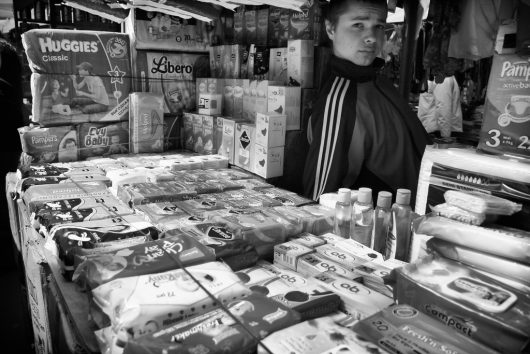10 Facts About Hunger in Moldova

Situated between Romania and Ukraine, the Republic of Moldova remains one of the poorest countries in Europe. With an economy that relies heavily on agriculture, the Moldovan people are especially vulnerable to floods and droughts, which often bring more hunger to the country. Here are ten facts about hunger in Moldova:
1. Of the country’s roughly 3.5 million people, 20.8 percent live below the poverty line. While high, this is an improvement, as the poverty rate was 70 percent in 2000.
2. In order to make ends meet, many Moldovans move abroad to work and send money back home. Forty percent of the working-age population work abroad, and remittances, or the money they send back to their home country, make up 30 percent of Moldova’s GDP.
3. After the breakup of the Soviet Union in 1991, agricultural practices changed drastically, cutting production in half. This was devastating for Moldova since agriculture is a huge part of the country’s economy, making up one-fifth of its GDP.
4. Poorer families often struggle to afford nutritious food. A third of children under the age of five, as well as half of the pregnant women, suffer from anemia. This is especially prevalent in rural families.
5. A severe drought in 2007 worsened hunger in Moldova as 96 percent of families experienced production losses. As a result, a third of households were in debt in order to meet food needs, with poor families spending half of their income on food.
6. Climate change is also a threat to food security in Moldova, due to changes in the agricultural landscape. “The rural poor will be disproportionately affected because of their greater dependence on agriculture, their relatively lower ability to adapt, and the high share of income they spend on food,” said William Sutton, lead agriculture economist at the World Bank.
7. Digestive disorders are one of the leading causes of death in Moldova. While this is in part linked to poor nutrition, alcohol is also a culprit. Moldovans drink more than 18 liters of pure alcohol a year, almost three times the global average.
8. Despite high rates of poverty, alcoholism and hunger in Moldova, life expectancy is two to five years higher than richer countries in the Commonwealth of Independent states, such as Russia. In 2010, Moldovan life expectancy was 69.13 years.
9. While the EU has supplied aid in order to address issues such as hunger in Moldova, high levels of corruption and weak institutions weaken the affect this support has.
10. There are many development projects created by organizations such as USAID and the World Food Program that aim to alleviate hunger in Moldova. Many of these projects focus on diversifying Moldova’s economy in order to give Moldovans non-agricultural sources of income.
While the people of Moldova are facing economic and nutritional challenges, both the government and aid organizations are starting to implement promising programs that could play a key role in improving the country’s economic potential and alleviating hunger in Moldova.
– Alexi Worley
Photo: Flickr
